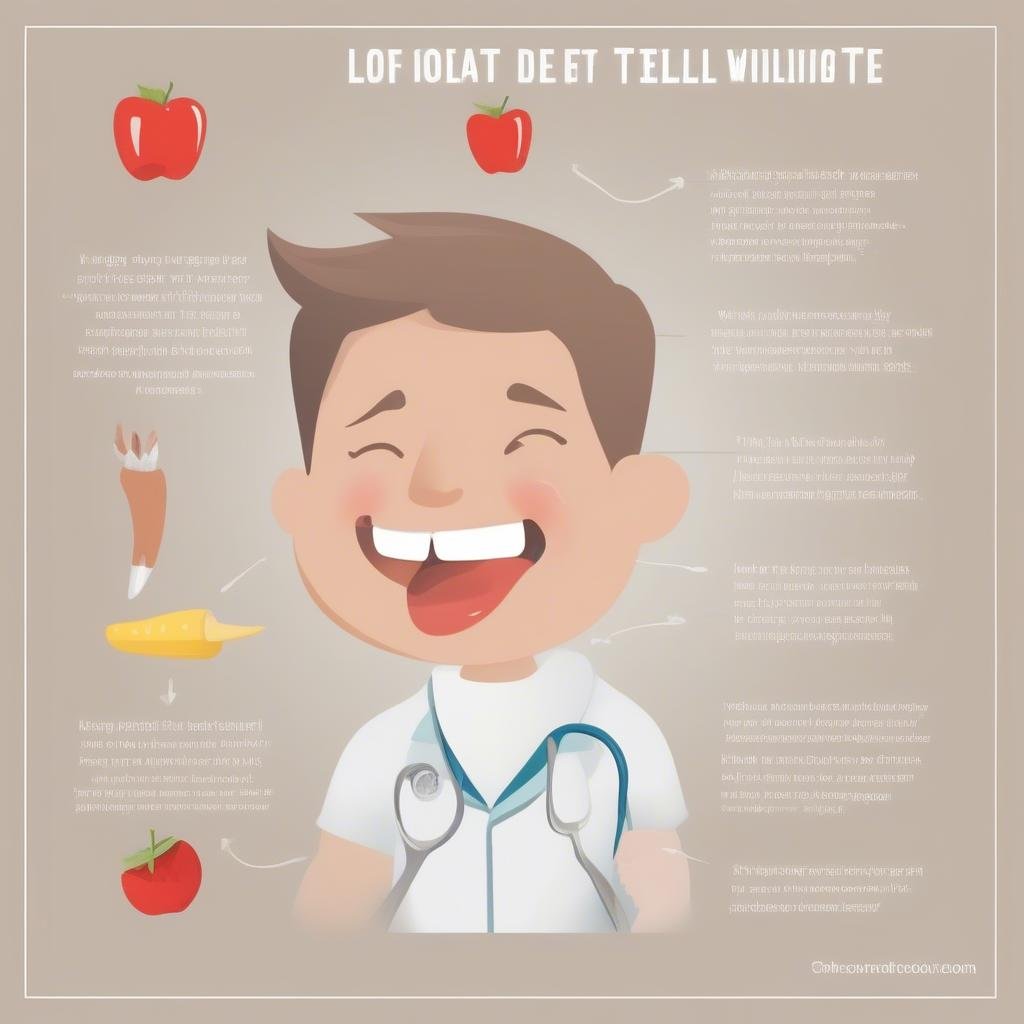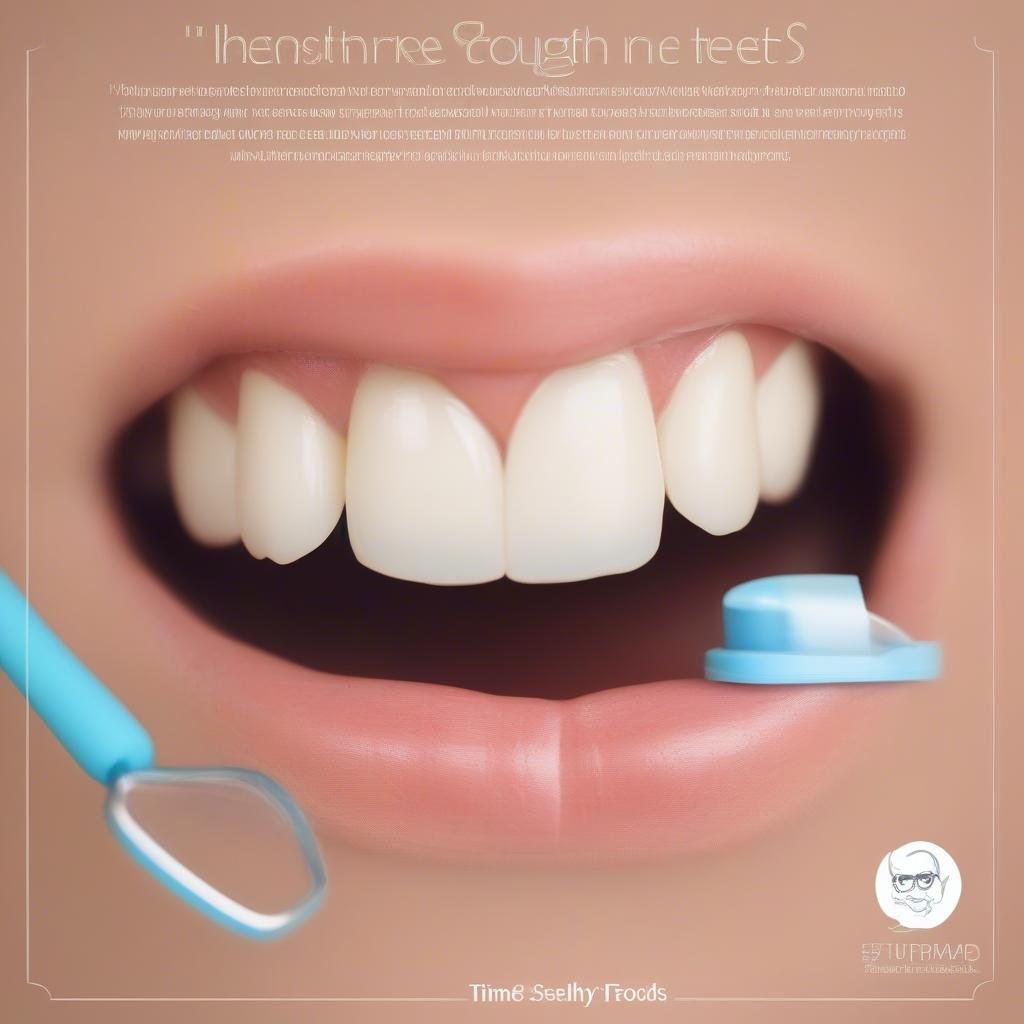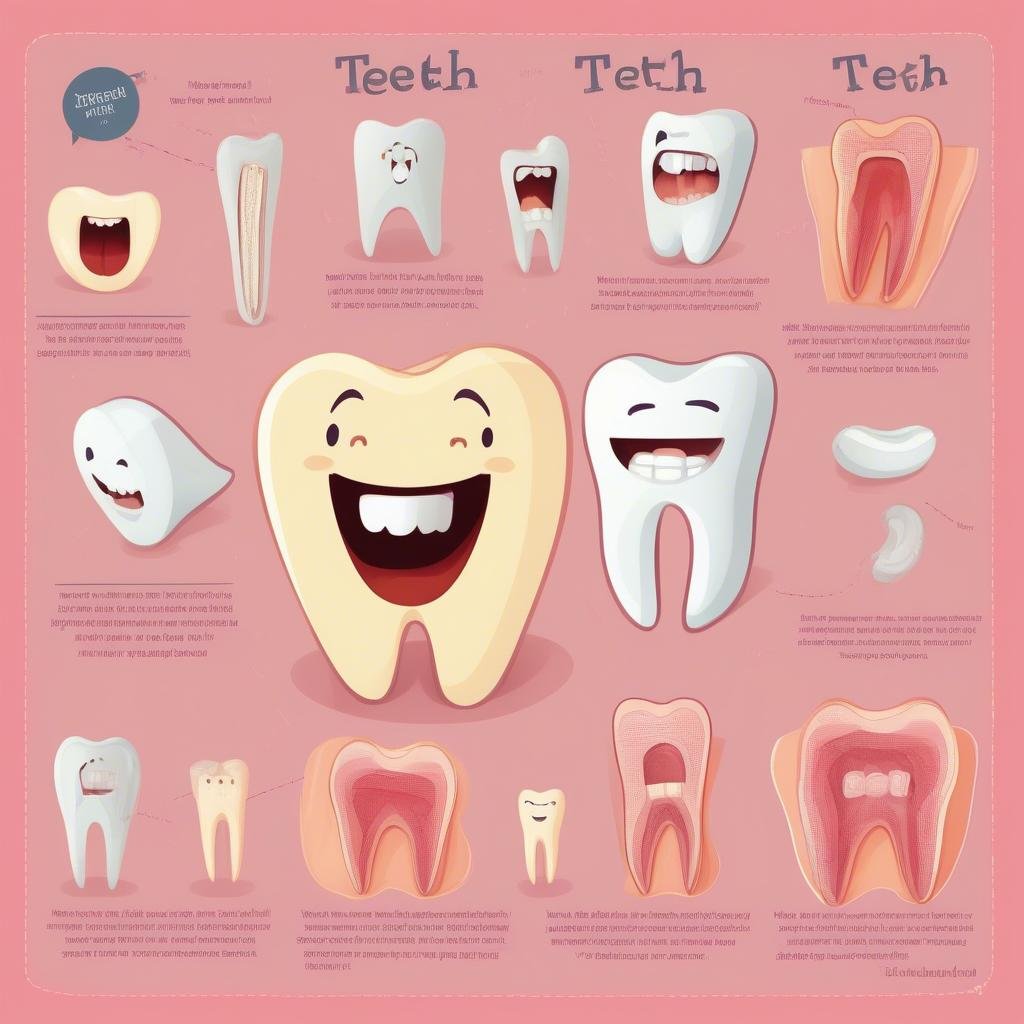Introduction
Teeth are super important! They help us chew our food, talk clearly, and they give us our smiles. Have you ever wondered why we have different types of teeth? Each type of tooth has a special job to do. In this guide, we’ll explore the different kinds of teeth we have, what they do, and why they’re so important. This is going to be a fun journey through your mouth, so let’s get started!
What Are Teeth Made Of?
Teeth are strong, but they’re not just bones. They are made up of different parts that work together to keep your mouth healthy. The outside part is called enamel, which is super hard and protects the inside of your tooth. Underneath the enamel is dentin, which is not as hard as enamel but still very tough. Inside the tooth is the pulp, where the nerves and blood vessels live. These nerves help you feel when your teeth touch something or when something is too hot or cold.
Why Do We Have Different Types of Teeth?
You might have noticed that not all of your teeth look the same. That’s because each type of tooth has a special job. Some teeth are for biting, others are for tearing, and some are for grinding food. Let’s explore these different types of teeth and learn what they do!
Types of Teeth and Their Functions

Incisors: The Chomping Champions
Incisors are the teeth right in the front of your mouth. You have eight of them—four on the top and four on the bottom. These teeth are sharp and flat, making them perfect for biting into food. When you take a bite of an apple, your incisors are doing most of the work. They help you cut through the food, just like scissors.
Canines: The Tearing Team
Right next to your incisors are your canines. These pointy teeth are four in total, two on the top and two on the bottom. Canines are the sharpest teeth in your mouth. They are great for tearing food, especially things like meat. Imagine you’re chewing on a piece of steak—your canines are the ones that help you rip it apart.
Premolars: The Crushing Crew
Behind your canines, you have premolars. There are eight premolars in your mouth, four on the top and four on the bottom. These teeth have flat surfaces with ridges, which make them perfect for crushing and grinding food. When you chew on something like nuts or veggies, your premolars do a lot of the hard work by breaking it down into smaller pieces.
Molars: The Mighty Grinders
Further back in your mouth are the molars. These teeth are big and strong with broad, flat surfaces. Adults have twelve molars, with three on each side of both the upper and lower jaws. Molars are the powerhouse teeth—they grind and mash food into tiny bits that are easy to swallow. When you’re enjoying a cookie or a piece of bread, your molars are hard at work!
Wisdom Teeth: The Extra Helpers
Wisdom teeth are the last molars that come in, usually when you’re older, around 17 to 25 years old. Not everyone has wisdom teeth, and sometimes they need to be removed if there isn’t enough space for them. While they don’t play a big role in chewing, they’re like the backup team if you need extra help grinding food.
The Importance of Healthy Teeth

Having strong, healthy teeth is really important. If one type of tooth isn’t working well, it can affect how you eat and talk. That’s why it’s important to brush and floss every day, eat healthy foods, and visit the dentist regularly. Taking care of your teeth now will help them stay strong and healthy for a long time.
Key Features of Tooth Functions
| Type of Tooth | Number in Mouth | Main Function | Example |
|---|---|---|---|
| Incisors | 8 | Biting and cutting | Biting into an apple |
| Canines | 4 | Tearing food | Tearing meat or tough food |
| Premolars | 8 | Crushing and grinding | Chewing nuts or crunchy veggies |
| Molars | 12 | Grinding and mashing | Grinding bread or cookies |
| Wisdom Teeth | 0-4 | Extra grinding (if present) | Sometimes not needed |
Taking Care of Your Teeth
Taking care of your teeth is like taking care of a garden. If you water your plants and give them sunlight, they grow strong and healthy. If you brush your teeth twice a day and floss every day, your teeth will stay strong and healthy too! Here are some tips to keep your teeth in tip-top shape:
- Brush Twice a Day: Use a soft-bristled toothbrush and toothpaste with fluoride. Brush all sides of your teeth for at least two minutes.
- Floss Daily: Flossing gets between your teeth where your toothbrush can’t reach. It helps remove food particles and plaque.
- Eat Healthy Foods: Foods like fruits, vegetables, and dairy products help keep your teeth strong. Try to avoid too many sugary snacks.
- Visit the Dentist: Regular check-ups are important. Your dentist can help spot any problems early and keep your teeth in great shape.
The Role of Dentists

Dentists are like the superheroes for your teeth. They help keep your teeth clean, check for cavities, and make sure your mouth is healthy. Going to the dentist might seem a little scary, but it’s really important. Your dentist can give you tips on how to brush and floss better, and they can fix any problems before they get too big.
FAQs About Tooth Functions
Q1: Why do we have different types of teeth?
A1: Each type of tooth has a special job. Incisors cut food, canines tear food, premolars crush it, and molars grind it up. Together, they help you eat all kinds of food!
Q2: What happens if a tooth gets damaged?
A2: If a tooth gets damaged, it can make eating and talking harder. That’s why it’s important to take care of your teeth and visit the dentist if something doesn’t feel right.
Q3: Why do we have wisdom teeth?
A3: Wisdom teeth are like extra molars that some people get when they’re older. Sometimes they don’t fit in the mouth and need to be removed, but they’re not always necessary for chewing.
Q4: How can I keep my teeth strong?
A4: Brushing, flossing, eating healthy foods, and visiting the dentist regularly are the best ways to keep your teeth strong and healthy.
Q5: Do baby teeth and adult teeth do the same jobs?
A5: Yes, baby teeth and adult teeth have the same functions. Baby teeth are like practice teeth that help you learn how to eat and speak. When you’re older, adult teeth come in to do the same jobs for the rest of your life.
Conclusion
Teeth might seem small, but they do big jobs! Each type of tooth in your mouth has a special function, helping you to eat, speak, and smile. By taking care of your teeth every day, you ensure they stay healthy and strong. Remember, your smile is one of the first things people see, so keep those pearly whites shining bright! This guide has shown you just how important your teeth are, and now you know how to take care of them like a pro. Keep smiling and remember, healthy teeth are happy teeth!
This guide on tooth functions is designed to help you understand the importance of each type of tooth and how to keep them in the best shape possible. By following these simple tips, you’ll have a bright, healthy smile that will last a lifetime!

